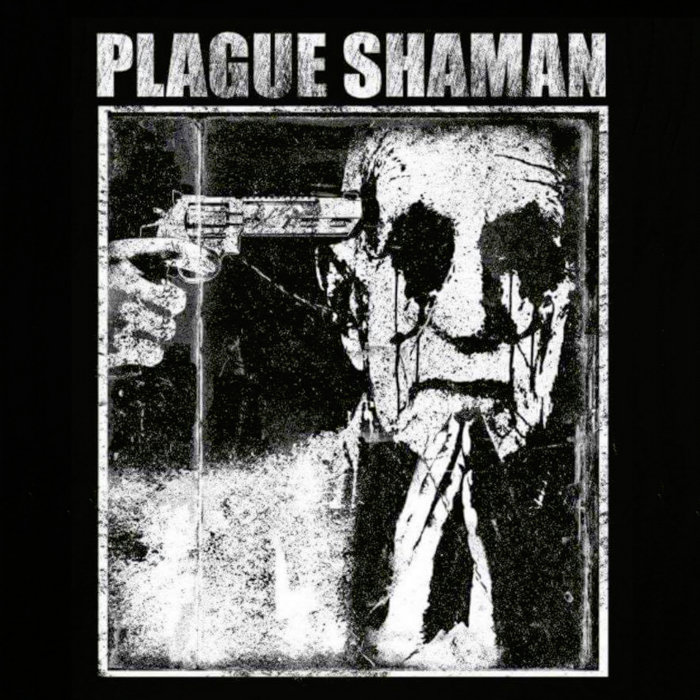


They topped the outfit off with a wide-brimmed leather hat, which was mostly a badge of office in case the mask was somehow too vague. Canes also make handy tools for enforcing social distancing, which was actually something medieval and Renaissance people had realized could slow the spread of plague. Plague doctors also carried a wooden cane, which let them examine, undress, and direct patients without having to touch them or even get too close. The beak-like mask, which was originally supposed to be just 6 inches long, was stuffed with dried flowers, strong-smelling herbs, and camphor or vinegar-soaked sponges. A long leather gown covered the doctor from head to toe, and beneath the gown they wore leather leggings, boots, and gloves. To people who understand how bacteria and viruses spread, and who are used to seeing modern healthcare workers in protective equipment like surgical gowns and respirator masks, the plague doctor costume is clearly a stroke of genius. It caught on elsewhere in continental Europe (there are no known examples from the UK) and became the iconic Plague Doctor costume we know today. Around 1619, however, a court physician to Louis XII of France (and later the more famous Louis XIV) named Charles de Lorme proposed a costume to protect plague doctors from their patients’ illness. Once in a very great while they performed autopsies in an effort to understand the disease that had ravaged Europe off and on for centuries.įor the first few centuries of bubonic plague outbreaks in Europe, 1348 to 1619, plague doctors didn’t have a particular costume.

Sometimes they also served as witnesses while their patients drew up wills. In practice, the most useful thing most plague doctors could do was to keep records of the number of infections and deaths in their community. By the time the plague doctor appeared on your doorstep, you were already doomed, so a nominally helpful figure became an omen of death. The best a plague doctor could do was drain blood and lymph from the swollen buboes that gave the bubonic plague its name – but sometimes that only helped spread the infection. In theory, plague doctors were trying to ease suffering and maybe even save lives, but neither they nor their patients had any illusions plague was nearly always fatal. Sometimes they weren’t even doctors at all, just people who were willing to wade into the quarantine zone and do their best. Plague doctors were often newly-trained physicians or surgeons who needed to gain experience and make names for themselves, or else they were doctors who had trouble finding other work or keeping a practice running. Shocking, when medieval and Renaissance cities tried to hire doctors to do dangerous, depressing, highly stigmatized work that also put huge restrictions on how they lived, doctors weren’t exactly falling over each other to compete for the job. Plague doctor contracts were an effort to fix that problem. In 1348, when the plague first reached Italy, many communities found themselves without doctors, because they all died of the plague or ran away. And although they could treat plague patients if they wanted to, many preferred to avoid the risk – for good reason. For one thing, they ran their own practices, instead of having a contract with the local government. Those guys were not plague doctors, however. When the plague struck a city, it might already have a doctor or two, usually running a private practice in town.


 0 kommentar(er)
0 kommentar(er)
